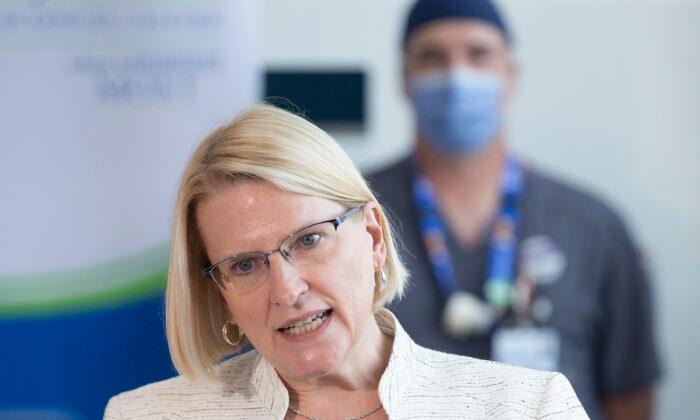The Ontario government says it is looking to increase publicly covered surgeries performed at private clinics to help alleviate the province’s surgical waitlists, among several other measures.
“They’re ideologically opposed to change or improvements. We won’t accept that. We can’t accept that. People want better health care.”
“Ontario is investing more to increase surgeries in paediatric hospitals and existing private clinics covered by OHIP [Ontario Health Insurance Plan],” the plan said.
“We will also consider options for further increasing surgical capacity by increasing the number of OHIP-covered surgical procedures performed at independent health facilities.”
Asked by a reporter if the Ford government would consider allowing more private clinics to be set up in Ontario, Jones did not directly answer.
“Health care will continue to be provided to the people of Ontario through the use of your OHIP card,” she said.
“We see the value of having some of those independent health facilities that have existed in the province of Ontario for literally decades to take some of the pressure off of our health-care partners and many of those independent health facilities have arrangements and work directly with their local community hospital.”
In addition, the plan includes hiring more health professionals and freeing up hospital beds.
The plan comes as nursing staff shortages have seen emergency departments across the province close throughout the summer for hours or days at a time.
In response, the province will temporarily cover the exam, application, and registration fees for internationally trained and retired nurses and plans to invest up to $57.6 million over three years to increase the number of nurse practitioners working in long-term care homes.
In long-term care, Ontario plans to introduce legislation today that will allow patients awaiting a bed to be transferred to a “temporary” home while they await space in their preferred home.
The province also plans to take the 300 beds that were set aside for COVID-19 isolation and make them available for people on long-term care wait lists, with a potential of 1,000 more beds available within six months.





